One More Step to Go!
We have also sent a verification link to your email ID:
qabuyer@droom.in
Please verify your email account
This bike was first produced as the Kawasaki Bajaj Eliminator in 2001, and later upgraded with a 180cc DTS-i powerplant in 2005 and rechristened the Avenger. Now, it’s got a 220cc powerplant. But has that added to the bike’s repertoire? Let’s find out.
On the outside
It looks just like its predecessor - it comes with cruiser-typical, long and low, chrome-laden styling. Smooth, classic lines flow the length of this graceful motorcycle, with a petite, chrome-encased powerful headlight sitting atop its outstretched front forks. There’s alloy on the steering clamp region, there’s a single, high-set circular speedometer, with a trip and odometer inset. The fuel gauge and some warning lights are mounted at the head of the fuel tank – takes some time getting used to this arrangement. The switches are crisp to operate and easy to figure out for yourself. An engine kill switch, push-to-cancel indicators and pass-light switch are standard kit. The Avenger’s teardrop-style fuel tank is really wide, tapering at the rear into a superbly padded seat and neat side panels. It’s not too hard to spot the neat oil radiator and solid-looking crash-guard just ahead of the tank.
Bajaj should really consider repositioning this bike’s ignition key slot though – it’s located painfully under the tank ahead, hidden in a location that is tricky and uncomfortable to access when seated. The massive tail, pillion backrest, sheared silencer and exposed chain are carried over. Quality overall is adequate, but the paint is good and there’s a high level of attention to detail.
Power Torque
This 219.9cc powerplant also powers the company’s Pulsar 220 DTS-i. It even uses the same configuration – four-stroke, single air-cooled cylinder with oil cooler in place – but the cruiser engine has been tuned to perform differently – this is after all, a cruiser. Peak power is up to 19.3hp, developed at 8400rpm, with the Avenger 220 capable of 17.45Nm of torque built at 7000rpm.
Solid low- and mid-range performance is required from these mile-eaters, and the Bajaj engine delivers just that. The engine lacks a relaxed feel when cruising at speeds over 90kph though. But that’s not to say the Avenger isn’t smooth - power delivery is linear and the engine runs largely vibe-free. This is a cruiser that also feels quite at home when riding around in the city.
From the saddle
The Avenger’s well weighted clutch is mated to a five-speed gearbox that shifts with adequate feel in a one-down, four-up pattern. Performance is considerably faster than the outgoing 200cc Avenger – 0-60kph now takes 4.43 seconds instead of 5.08sec on the older bike, and 0-100 takes 13.41sec where the earlier model took 18.87sec. True top speed is 119kph.
The Avenger 220 DTS-i retains all the same dimensions and its 1475mm wheelbase from its predecessor, while tipping the scales at a virtually identical 154.5kg, a negligible half kilo up from the earlier model.
This Bajaj rides on spoked, 17-inch front and 15-inch rear wheels and continues to use 90/ 90 front and 130/ 90 section rear tyres. The suspension is pretty conventional too. There are telescopic forks in the front and twin hydraulic dampers at the back.
As you’d expect, the riding position is rather laidback and comfortable with the seat pampering you well. The rider sits low, with thighs widespread around the motorcycle’s massive fuel tank. Ride quality, however, is only acceptable. While the Avenger is stable in a straight line, true to its cruiser status, it sometimes feels cumbersome to steer in city riding conditions. These aren’t bikes you chuck into a corner like a sportsbike. And while the Avenger never feels anything close to a sportsbike, handling isn’t all that bad either. Braking is excellent too, taking only 15.1 metres to come from 60kph to rest.
The larger engine doesn’t seem to have made a really significant dent in the Avenger’s fuel efficiency. Our test bike delivered 39.5kpl in city riding conditions and 33.8kpl on the highway when cruising at around 90kph.
Is it worth the money?If you liked the earlier Avenger, you’ll be happy that this bike is identical to the earlier 200. While it’s still not the best motorcycle to take out for high-speed highway jaunts, it’s a comfortable motorcycle to use within the city. The larger motor enhances acceleration and the bike can now hit a higher top speed. And its sensible price make it an affordable alternative to a Harley Davidson motorcycle.

Triumph launched its new hardcore Scrambler 1200 XC in India at Rs 10.73 lakhs, to give chance to the bike enthusiasts to ride.
Read More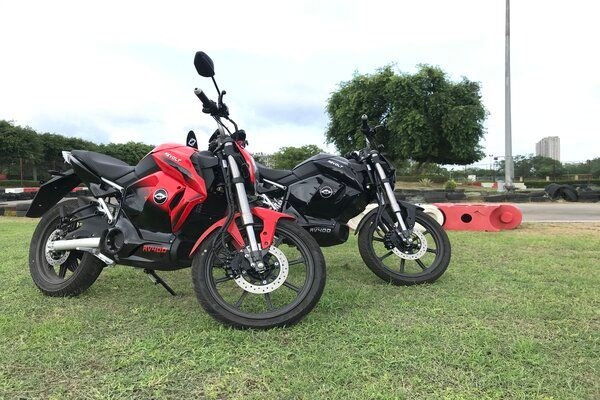
The Revolt RV looks like any other modern-day bike in the market. Revolt has chosen not to give it a conventional electric bike looks.
Read More
Triumph Motorcycles has its strategy sorted for India’s premium motorcycling segment. It is taking a step by step approach and does not mind experimenting with segments.
Read More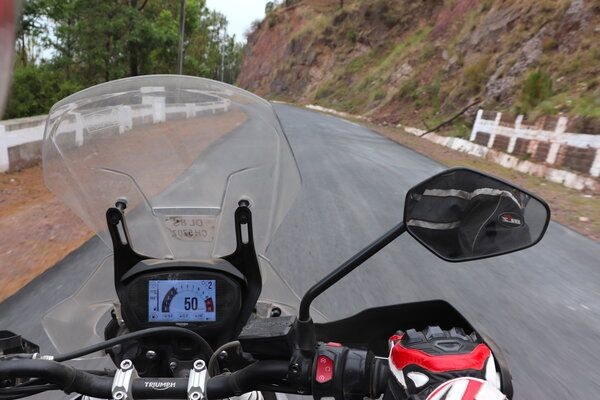
We take Triumph Tiger 800 xRx for a long ride through trails and twisties of Himachal Pradesh. Know how this 800-cc motorcycle performs in the lap of Himalayas.
Read More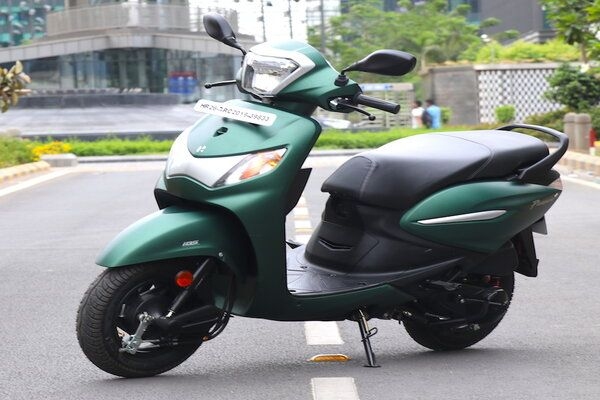
The Pleasure Plus gets an entirely new design theme and an uber retro touch that the new headlamp lends. It is an affordable yet chic looking scooter in its segment.
Read More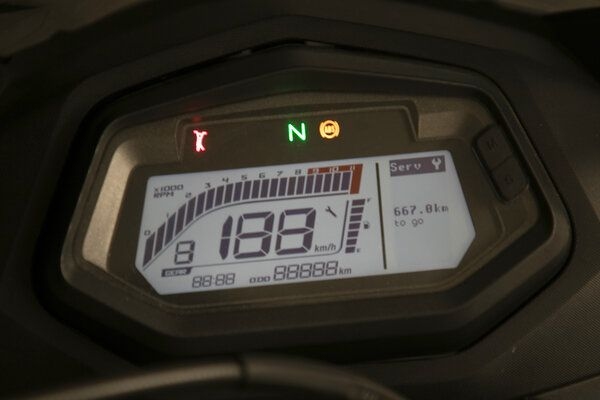
Hero has launched the fully-faired avatar of the Xtreme 200R in the form of Xtreme 200S. We got a chance to ride the same at the Buddh International Circuit and here is what we think about this new bike in the 200-cc club.
Read More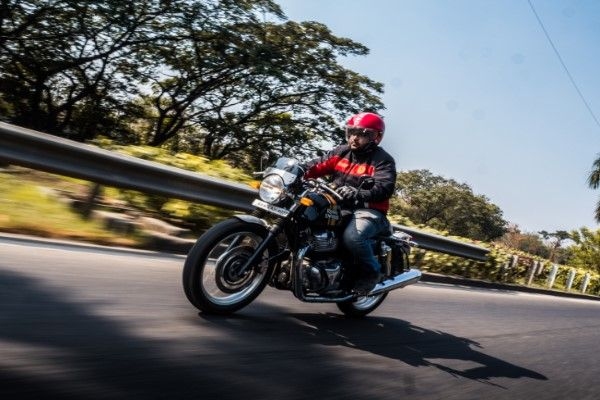
The Continental GT 650 is the flagship motorcycle from Royal Enfield.
Read More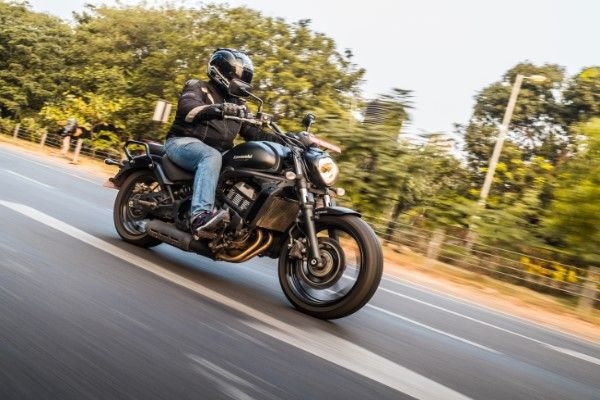
The Vulcan S is a middle-weight sports cruiser motorcycle from the Japanese manufacturer Kawasaki.
Read More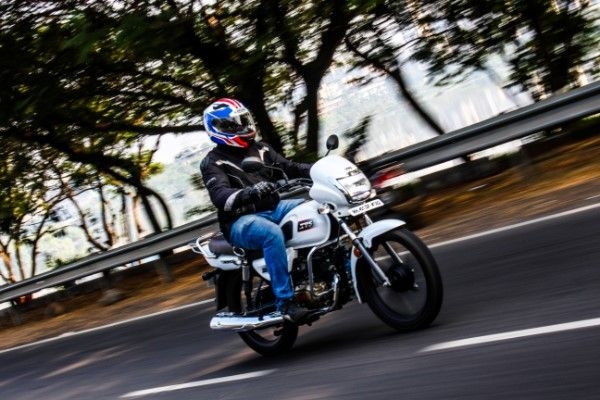
The TVS Radeon is a 110cc commuter motorcycle based on the Star City+
Read More
The CBR500R is a middle-weight performance motorcycle from Honda.
Read More
The CB1100 RS from Honda is a perfect blend of retro looks and modern technology.
Read More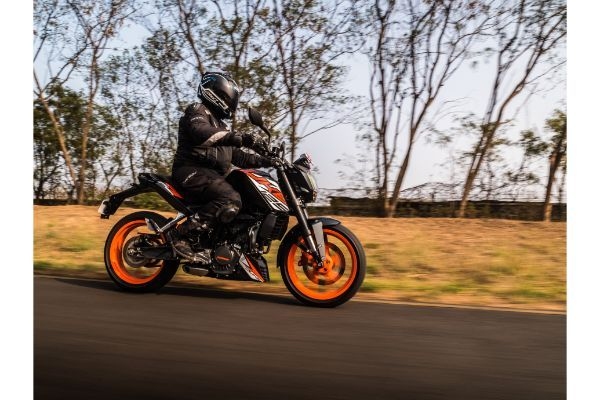
KTM has unveiled the baby duke into the Indian market at Rs. 1.40 lakhs.
Read More